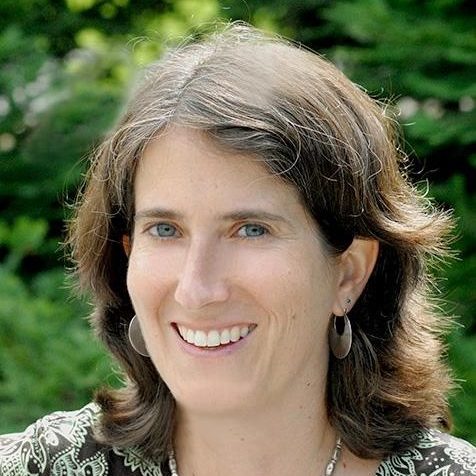Project 1: Characterization of drinking water contaminants and perinatal health effects in disadvantaged communities
Summary
Project 1 will conduct discovery- and community-driven research in some of California’s (CA) most vulnerable communities to elucidate the perinatal health effects associated with exposures to drinking water contaminant mixtures (Aim 1), characterize the presence of chemical contaminants in drinking water of current and emerging health concern (Aim 2), and report back results to participants, communities and agency decision-makers to inform public health actions (Aim 3). Over three quarters of the public water systems that are out of compliance are in just 7 of CA’s 58 counties in the southern San Joaquin (Tulare Lake Basin), and Salinas Valleys, where industrial and agricultural activities have resulted in elevated levels of hazardous chemicals in drinking water. These contaminants include arsenic, nitrate, pesticides, hexavalent chromium, and per- and polyfluoroalkyl substances (PFAS), which each have documented health effects such as carcinogenicity, developmental effects, and endocrine disruption. That these exposures occur in disadvantaged communities that are disproportionately Latinx raises environmental justice concerns and underscores the need for community-engaged research. Project 1 proposes research through the auspices of the Water Equity Science Shop (WESS), a multidisciplinary collaboration that includes the Community Water Center, the University of California at Berkeley and Los Angeles, Silent Spring Institute, and the CA Office of Environmental Health Hazard Assessment. Together WESS members will collaborate with US EPA’s Center for Computational Toxicology and Exposure and BC Labs to carry out the project aims. We will assess the perinatal health effects of multiple drinking water contaminants found in community water systems and domestic well areas in the Salinas Valley and Tulare Lake Basin using mixtures methods and machine learning to characterize heterogeneous effects of contaminants on fetal growth outcomes in a demographically diverse study population (Aim 1: N=~740,000 births). We will recruit and sample tap water from 100 households in the same regions to characterize drinking water threats from regulated and novel unregulated compounds using data-driven methods, including dasymetric mapping techniques, to identify and prioritize disadvantaged communities for study testing. We will then apply targeted and non-targeted analyses of tap water samples to characterize the presence of multiple regulated and unregulated novel compounds of current and emerging concern for cancer, developmental toxicity, and endocrine disruption (Aim 2). Finally, we develop and deploy novel digital tools for report back of individual and aggregate contaminant measurements to households and stakeholders to elucidate solutions to prevent and reduce exposures (Aim 3). The combination of prior successful partnership, scientific expertise, and deep community knowledge makes the WESS well-suited to conduct the collaborative science needed to effectively address drinking water threats and associated health risks in CA’s most vulnerable communities.
Project Leadership

Dr. Rachel Morello-Frosch
Project Co-Leader
Professor, Environmental Health Sciences, School of Public Health
Professor, Department of Environmental Science, Policy and Management
University of California, Berkeley
Dr. Lara Cushing
Project Co-Leader
Jonathan and Karin Fielding Presidential Chair in Health Equity
Assistant Professor, Environmental Health Sciences
University of California, Los Angeles